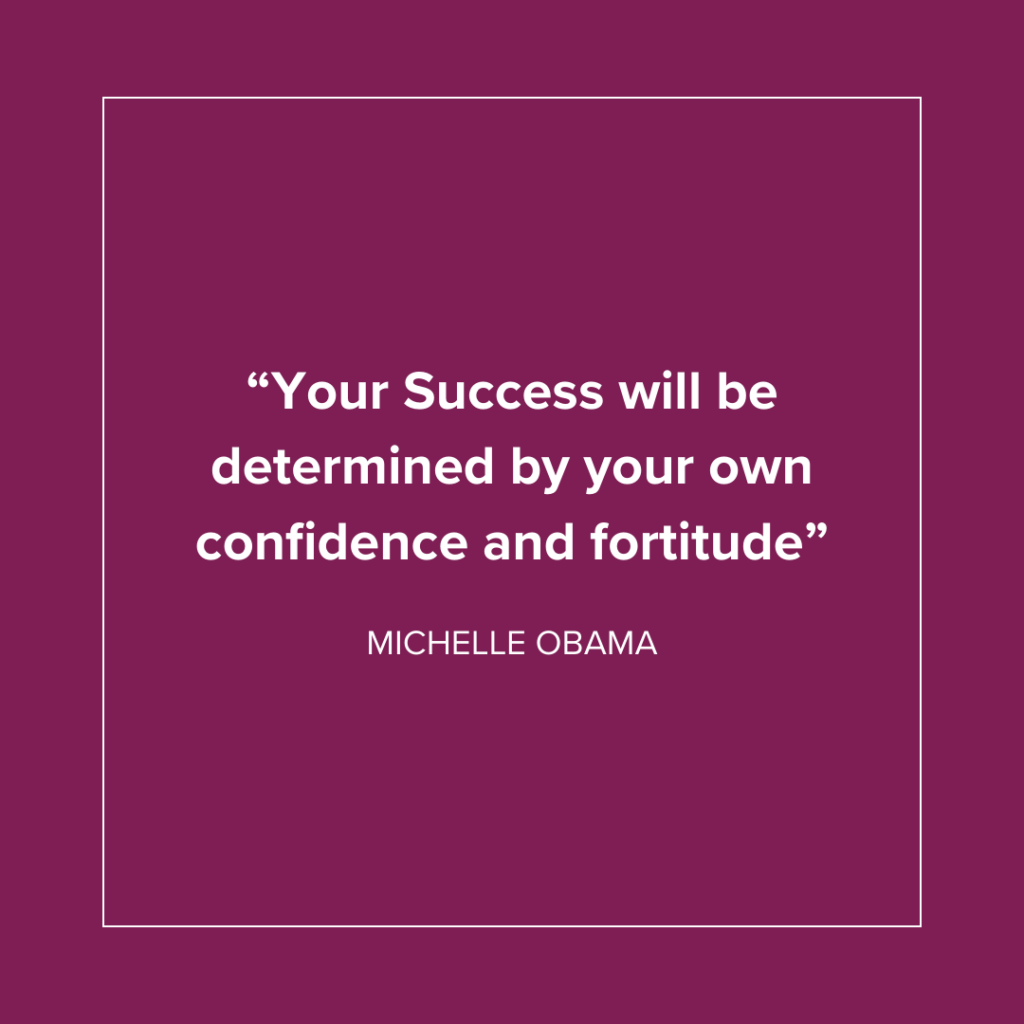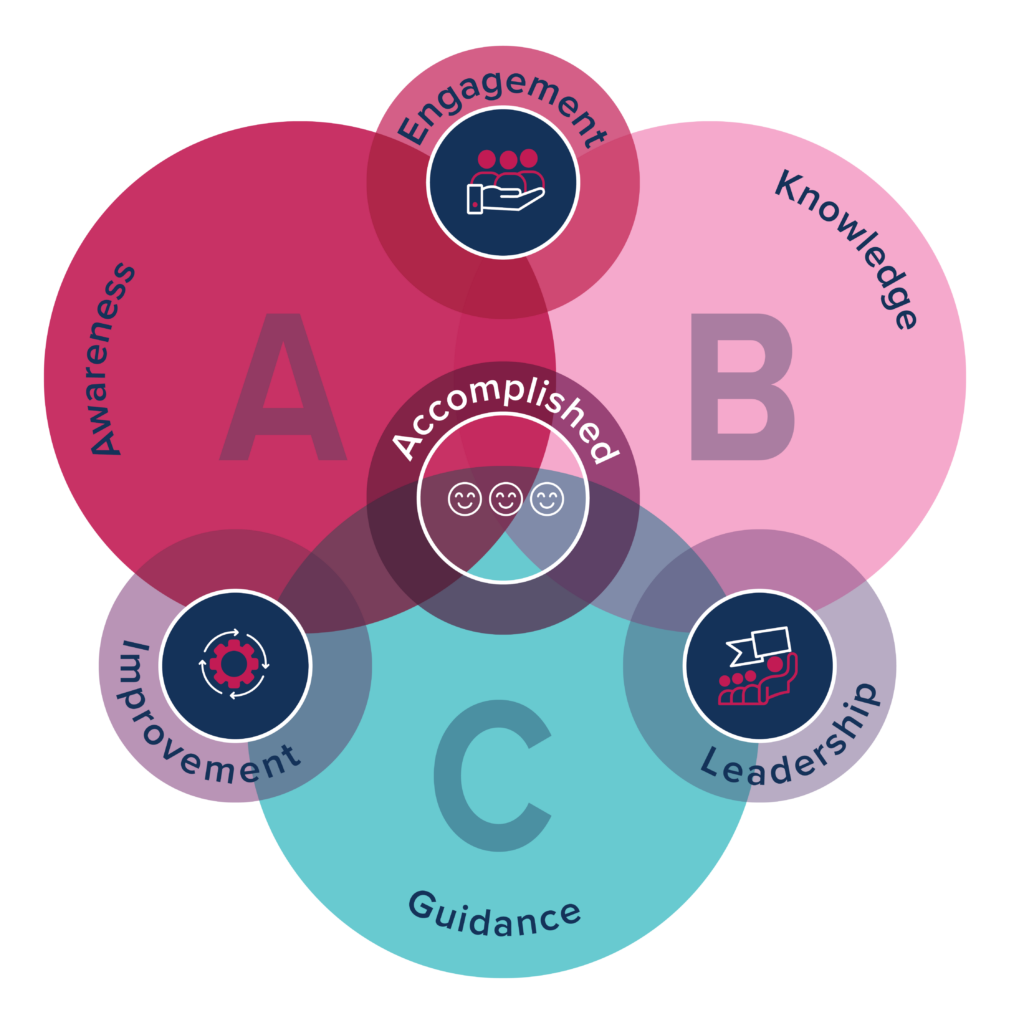
In 2015 I was collaborating with a customer called Bruce. He was the proprietor of a company that supplied machinery for industrial use to the field of mining. Bruce was being urged by his customers to be officially recognized to ISO 9001, and he was doing it reluctantly. But what he didn’t know was that this certification would change his entire perspective on systems for managing quality.
You see, a few years prior to that, when he was an employee at another industrial machinery company, he had an unpleasant ordeal with a quality management system (QMS) that was forced upon him and his colleagues. It was a nightmare, to say the least. He knew firsthand that implementing a QMS without proper support or knowledge could lead to disastrous consequences.
But fast forward a decade, and everything had changed. With the support of myself as the external auditor, Bruce had built an impressive integrated management system that not only met ISO 9001 requirements but also was officially recognized to ISO 14001 and ISO 45001. The transformation was remarkable.
What started as a necessity had become a passion. Bruce is now a quality champion, spreading the word about the benefits of a well-implemented QMS to other companies. He is proud of the positive impact it had on his company, his employees, and his customers.
This transformation wasn’t easy, though. It took support, knowledge, understanding, time, and perseverance to achieve. But it was all worth it. And as Bruce looked back on his journey, he realized that implementing a quality management system wasn’t just about meeting requirements but about creating a culture of excellence and continual improvement. It was about empowering employees and providing the best possible service to customers. And that was something worth fighting for.

As a daily yoga enthusiast, I can relate this to the tree pose and finding your “Drishti”. The Drishti is a Sanskrit term referring to a specific gaze point that helps to maintain balance and concentration during yoga postures. Without a Drishti or focus point you are not balanced or supported and can lose focus. Just as finding your centre is essential for maintaining balance in the tree pose, having the right support system is essential for maintaining balance and success when building a quality management system.
The High Stakes of Quality Management: Choose Your Support System Wisely
As a Quality Manager or Implementer, failing to invest in the right support system can have severe consequences for your own position as well as the company you are collaborating with. The consequences can include missed opportunities, nonconformances, and a lack of credibility in the marketplace. This can also mean losing out on the chance for the company to tender for work where certification is required, ultimately limiting potential growth.
In a world where companyes are constantly seeking progression and growth, it’s essential to give ourselves the best opportunities possible. That’s why having the right support system is critical, especially when it comes to delivering quality products or services to customers.
For a Quality Manager or Implementer, having someone to rely on means a system can be developed and reviewed to help you achieve your goals, leading to increased customer satisfaction and a healthier bottom line for the company you are collaborating with.
So, the choice is simple: strive for progress and growth or remain mediocre and risk losing out on valuable opportunities. It’s time to take action and invest in the right support system to help you and the company succeed.
The Solution

Understanding – you have a general understanding of a company and its structure, the processes and the resources. of the company, the standards, the goals you are trying to achieve, your purpose and the reasons why you are doing it
Knowledge – now add knowledge of the standards and how they fit into your understanding of the company, processes and resources. This will build your awareness about potential gaps and where you need to prioritise your time. need to build to build your insight, awareness and understanding (as these create knowledge) to know where the gaps are in the company and then you need to apply them and the progress to improve.
Resources – you need the right tools to be able to support your knowledge and understanding. Surround yourself with the right people, equipment, hardware and software that will move the company and the system forward.
Action – by combining your understanding and knowledge you have the confidence to take action. You are no longer frozen into inaction.
Empowerment – by using your knowledge and resources you will not be alone. You have the support of the right resources to push the system and the company forward.
System – your resources combined with your understanding will create and continually improve the system. You have a system now and you are empowered to make decisions and take action.
Creating a culture of Quality
Based on a latest piece by the Harvard Business Review (HBR), conventional methods for enhancing quality—like financial rewards, skill development sessions, and disseminating tried-and-true techniques—show minimal influence on elevating overall quality standards. Through comprehensive studies that involved speaking with executives in charge of quality at over 60 global firms and gathering data from over 850 staff members across various ranks, the Harvard Business Review concluded that a bottom-up, colleague-motivated strategy is considerably more effective in cultivating a quality-focused organizational culture. Employing such a tactic can diminish employee errors, thereby resulting in substantial financial gains and heightened quality.
Your Next Steps to Success
1. Identify what is needed by conducting a Gap Analysis
2. Identify what knowledge requirements are needed
3. Map out your actions
View comments
+ Leave a comment